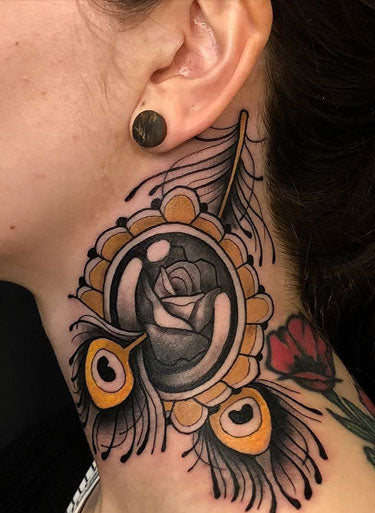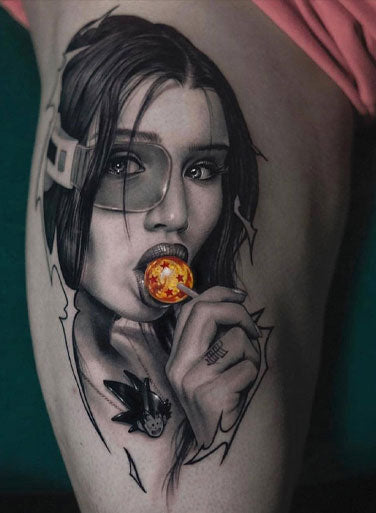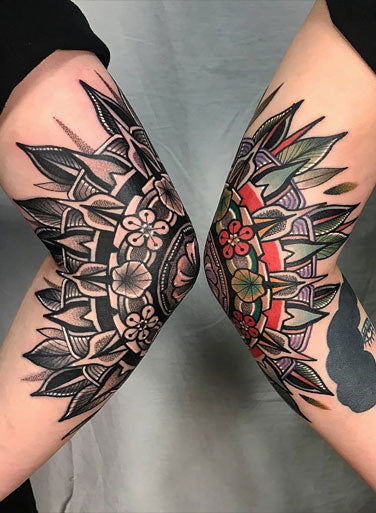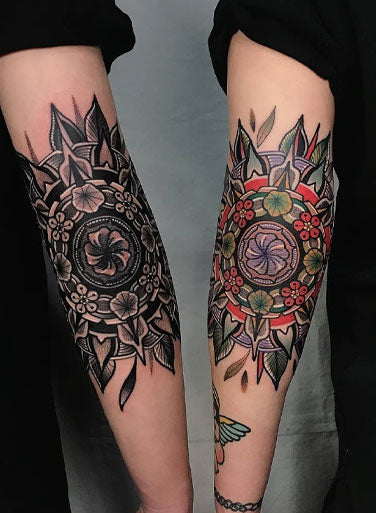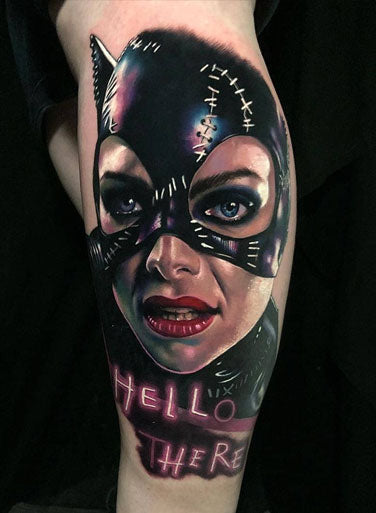Tattooing is not only a form of art; it is a physical profession. Chronic pain, fatigue, and long-term injuries can be occasioned by long hours in fixed positions, monotony of movements, and unfriendly workstations.
As the knowledge regarding ergonomics in creative jobs is increasing, tattoo artists have to put an emphasis on establishing the working environment that best promotes their health without affecting any high accuracy rates or the discomfort of their clients. With the use of wireless pen tattoo machines, one can increase the comfort of doing tattoos.
In this blog, I will consider the design of an injury-preventive tattoo workstation, body position, positioning of tools, mobility, and client position to assist the artist in prolonging their career and enhancing the art form.
Start With the Right Chair: Support for Spine
The one important piece of furniture at your workstation is the tattoo chair. The chair you sit on should be adjustable, and the chair used by the client should also be comfortable and adjustable.
· Artists: Sit on a stool that is easily adjustable in height and has a lumbar support and a saddle seat, and you will start sitting upright. The ability to swivel helps maintain a strain-free flow in the spine.
· Clients: Pick a chair where the customer has more than one pivot point (head rest, arm/leg adjustments) so they can put themselves in a good position without having to be squirmy- it will help the artist avoid awkward angles.
Poor postures, especially when sitting, result in neck aches, hunched backs, and stiff hips, which, over time, may cause nerve impingements or long-term joint problems.
Adjust Your Work Surface Height and Tool Reach
Surface and reach management is one of the most ignored features of workstation ergonomics. Artists tend to crouch or turn again and again to reach tools and inks.
Key strategies:
· Keep the ink trays, machines, and gloves within arm's reach when seated.
· Surfaces should be placed on the waist to chest height to prevent elevating or slouching shoulders.
· Use wheeled trolleys or over-arm carts that glide across the front of the body without the use of too much extension of the arms.
Repeating movements such as reaching, bending, or twisting continuously may lead to the development of repetitive strain injuries, particularly in the shoulders, wrists, and spine.
Position Lighting to Eliminate Shadows and Eye Strain
Lighting should not be only visual, but also an important component of injury prevention. Weak light results in:
· Fatigue and headaches in the eyes
· Bad posture as an artist bends over to draw nearer
· The wrong descriptions are owing to varying visibility
Solutions include:
· LED lighting that has variable colors (5000K should be preferred)
· Ability to provide angle flexibility with overhead articulating arms or light on the desk
· Not to expose the eye to the direct light at eye level, resulting in glare and discomfort
The bright surroundings encourage proper line and anatomical alignment during challenging procedures.
A studio should not just be designed well; it is a vision of excellence, long life, and satisfaction of the client. You may be a long-time artist or on the path towards a great apprenticeship, but one of the smartest investments you can ever make in a studio space is one that meshes with your body.


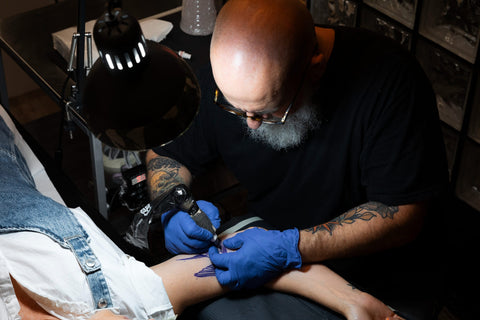




 CustomIronsTattooSupplies
CustomIronsTattooSupplies